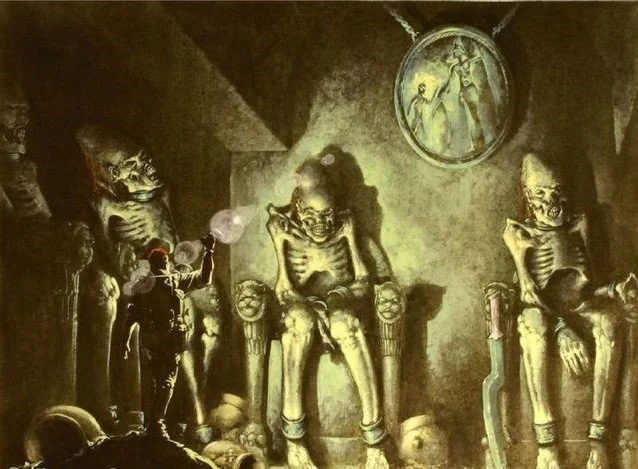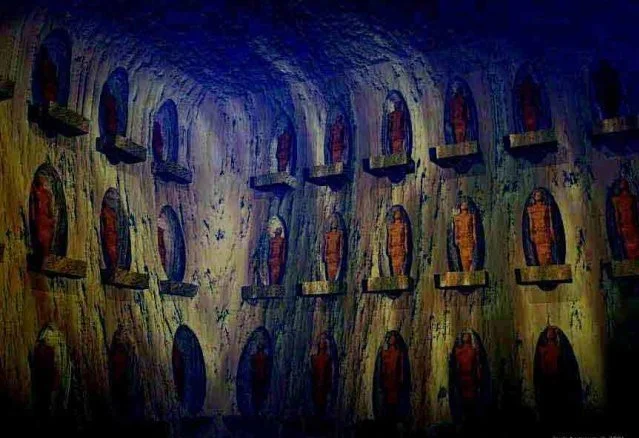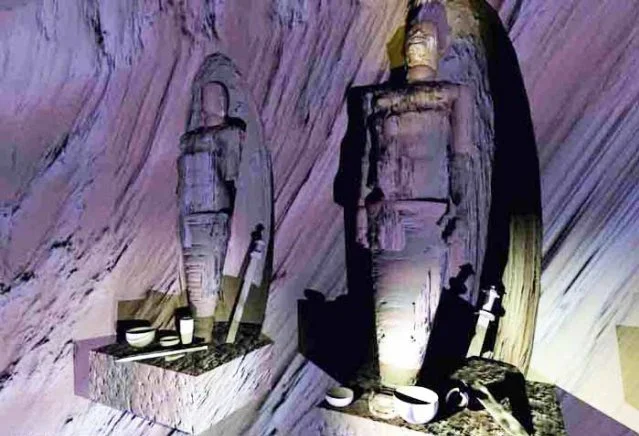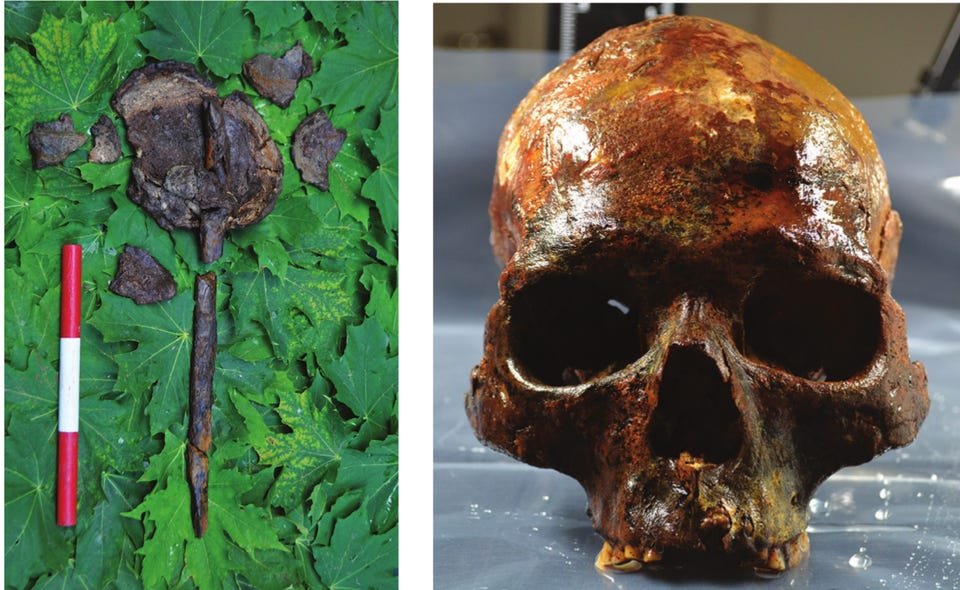Two of these stakes, however, were found inside skulls. In the image above, "the stake is intact, 25 mm wide and 0.47 m long, of which the last 0.2 m were embedded in the cranium. The opposite end of the stake is pointed," the archaeologists write. Another stake, while broken, was found partly lodged in a second skull. "In both cases, the stakes were inserted through the foramen magnum," or the large hole in the skull through which the spinal cord passes, reaching all the way into the inner table of the skull. "These finds show that at least two of the crania were mounted," Gummesson and colleagues conclude.
The placement of these human heads on a human-made stone structure underwater is unique, the researchers note. But the healed head injuries are not quite as rare: similar ones are seen in other northern European populations from this time period and have been attributed to accidents, interpersonal violence, forced abduction, spousal abuse, socially regulated violence, and warfare. Since "the majority of blunt force trauma at Kanaljorden was located above the hat brim line," the archaeologists say that this suggests "violence rather than accidental injury."
The people at Kanaljorden were hunter-gatherers, which makes it unlikely this was a socially stratified society, with the decapitated people being slaves or captives. Rather, the researchers note that "one alternative would be to view the trauma as an outcome of inter-group violence; for example, raiding and warfare - both common occurrences among hunter-gatherers."
More specifically, the different patterning of injuries in the men and women may be linked to their differing roles and behavior in combat, as Gummesson and colleagues note that "violence to the head is a most effective way of subduing an opponent or victim." If these individuals were indeed victims of violence from outside their group, the fact that many of them have multiple healed injuries may speak to a life subjected to periodic violent acts.
Neither the cause of death of these people nor the reason for the positioning of two of them on stakes is clear from the archaeological investigation. Given the placement of the stones in the water and the bones on top of that, however, the researchers conclude that "the deposition can be described as being carefully planned and executed, from the construction of the underwater stone packing to the spatially separated depositions of curated human and animal remains."
While ongoing research into this time and place will undoubtedly yield new information in the future, for now Gummesson and colleagues can say that "the fact that the majority of the individuals showed healed injuries seems to be more than a coincidence and implies that they were specifically chosen for inclusion in the deposition." Should additional human remains be found similar to those uncovered at Kanaljorden, perhaps our questions about violence in Mesolithic hunter-gatherer societies will one day be answered.











